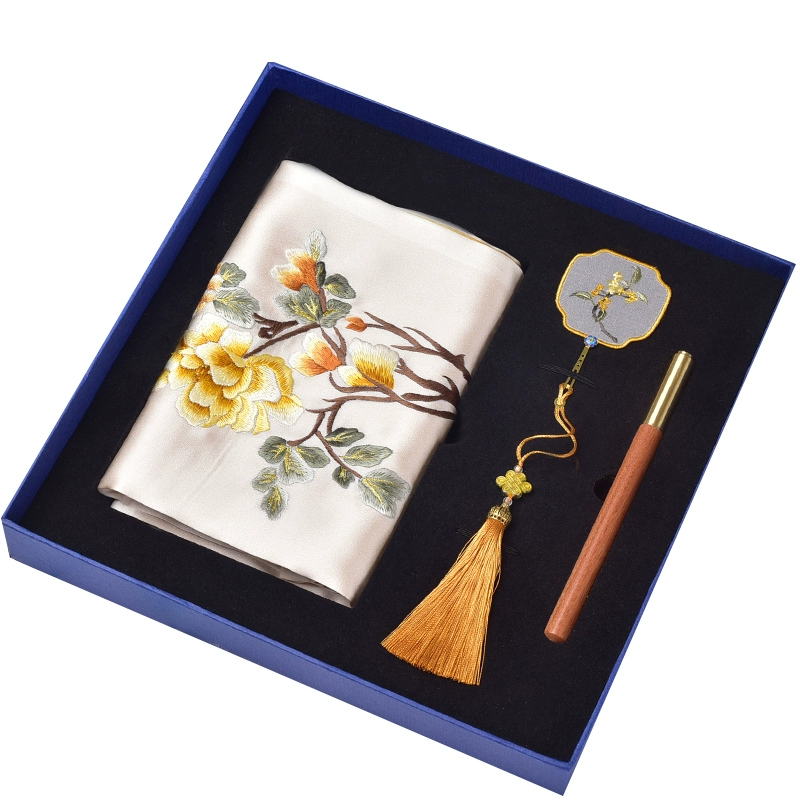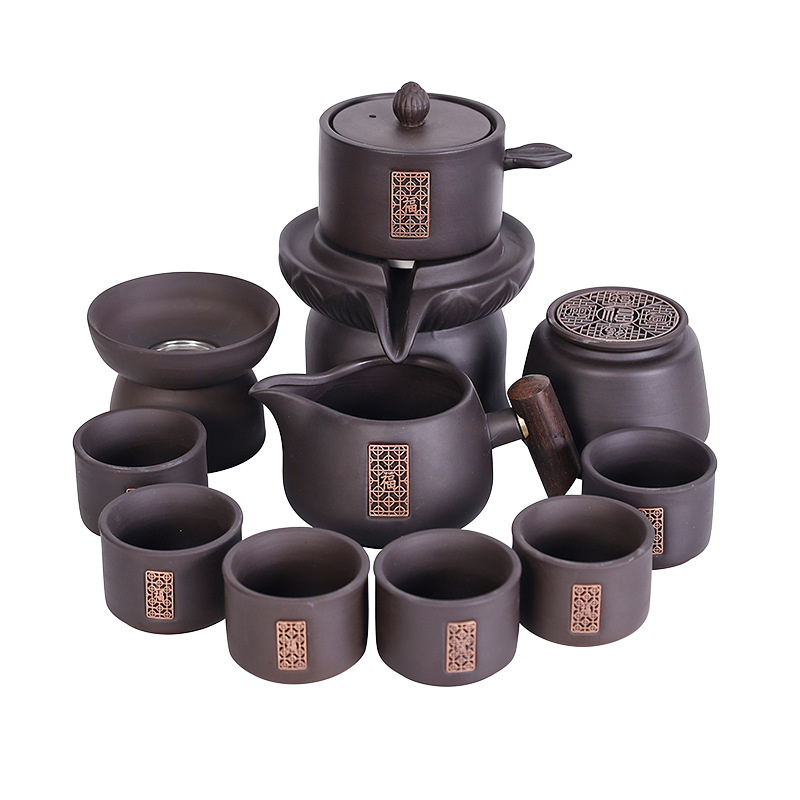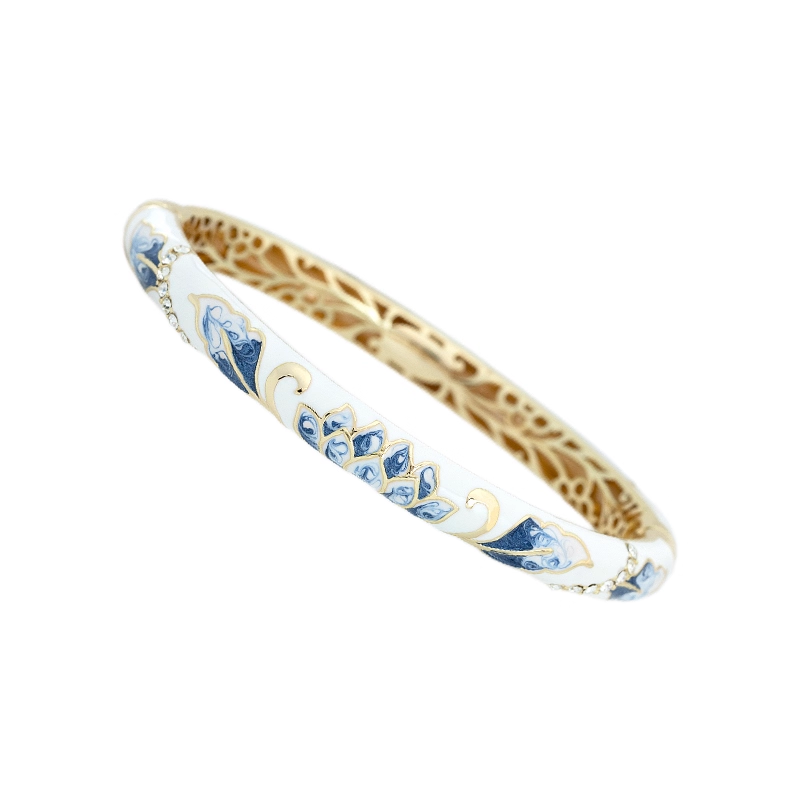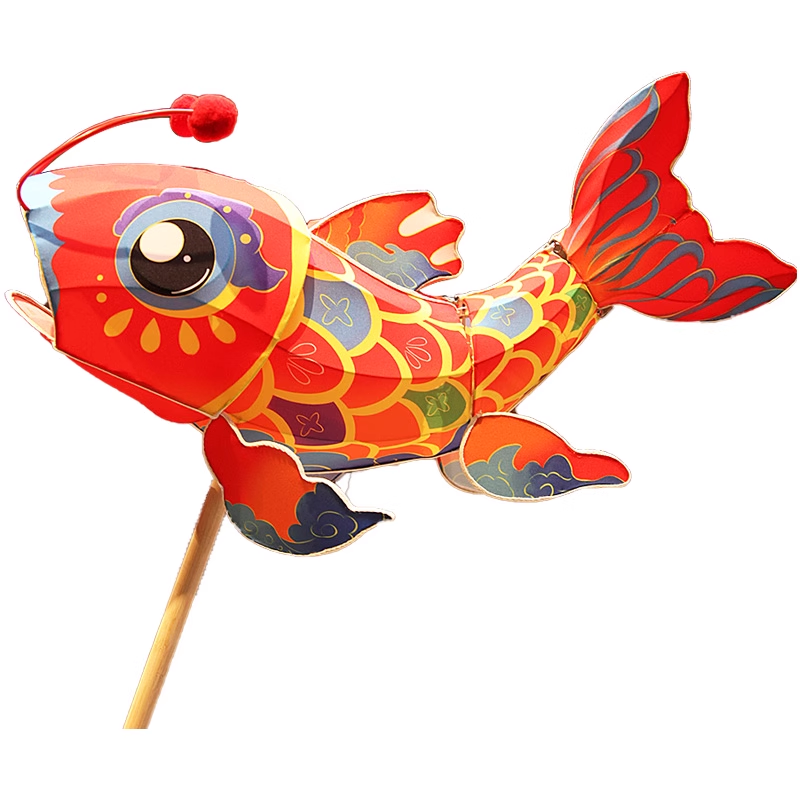Wood Carving & Bamboo Carving: Millennia of Oriental Carving Aesthetics in Knife, Wood, and Bamboo
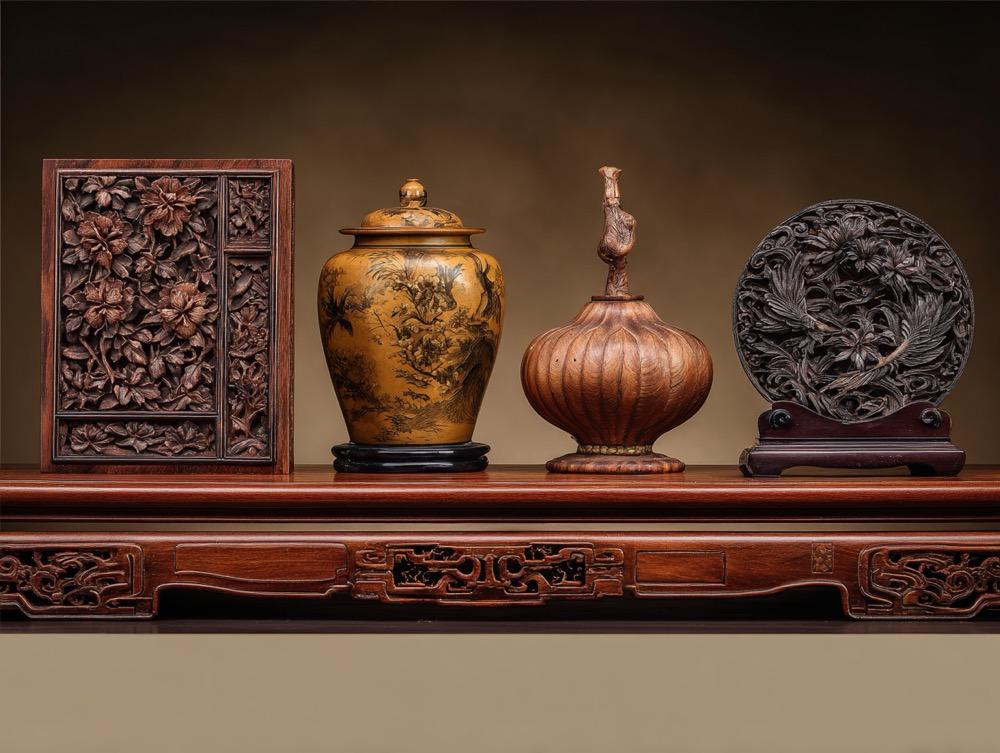
Amid the brilliant river of traditional Chinese carving art, wood carving and bamboo carving take natural materials as their foundation and craftsmen’s exquisite knife skills as their soul. They transform the warm texture of wood and the slender elegance of bamboo into artistic treasures spanning millennia. These two life-rooted crafts not only carry the ancient people’s reverence for nature and love for life but also embody craftsmen’s ultimate mastery of lines and textures. Today, they still convey the unique charm of Oriental aesthetics to the world with a simple and elegant demeanor.
The history of wood carving and bamboo carving dates back to prehistoric times, when ancient ancestors used simple tools to carve wood and bamboo objects for rituals and daily life. During the Shang and Zhou dynasties, wood carving techniques matured; the wooden ritual vessels unearthed from the Yin Ruins already featured exquisite taotie patterns and cloud motifs. In the Warring States period, bamboo carving emerged: the bamboo carved tube from the Tomb of Marquis Yi of Zeng, with its delicate texture, testified to the superb level of early bamboo carving. In the Tang Dynasty, wood carving and bamboo carving integrated Buddhist culture—wooden Buddha statues and bamboo carved sutra rolls in temples combined religious solemnity with artistic beauty. The Song Dynasty saw literati participate in carving creation, transforming wood carving and bamboo carving from practical utensils into literati’s elegant playthings. Themes expanded to landscapes, flowers, birds, and figures, with styles becoming increasingly refined. The Ming and Qing dynasties marked the golden age of wood carving and bamboo carving: wood carving formed regional schools such as Dongyang Wood Carving, Boxwood Carving, and Chaozhou Wood Carving—Dongyang Wood Carving excelled in relief carving, Boxwood Carving was famous for round carving, and Chaozhou Wood Carving displayed luxury with gold lacquer decoration; bamboo carving was represented by Jiading Bamboo Carving and Jinling Bamboo Carving—Jiading Bamboo Carving was skilled in deep relief and openwork, while Jinling Bamboo Carving specialized in shallow carving. Masters like Wen Peng and Pu Zhongqian emerged, and their works became favorites among literati collectors.

The charm of wood carving and bamboo carving lies in their respect for natural materials and exquisite carving techniques. Wood carving has strict material selection standards, with different woods suitable for different techniques: boxwood, with its fine texture, is ideal for small and delicate round carvings, such as the boxwood carving “Statue of Bodhidharma” with vivid details; red sandalwood, hard and dense, is often used to make large decorative pieces, like the red sandalwood carving “Landscape Screen” which is durable; camphor wood, with its natural fragrance and moth-proof property, is commonly used for home decorations, such as the camphor wood carving “Flower-and-Bird Wall Hanging” that combines practicality and ornamental value. Bamboo carving prefers mature moso bamboo and mao bamboo; bamboo materials need to go through sun-drying, degreasing, and moth-proof treatment to remove moisture and impurities, ensuring no cracking after carving. Old bamboo, with its tougher texture, is suitable for fine carving—bamboo carved brush pots, for example, often use shallow carving techniques to reproduce the charm of calligraphy brushwork.

From conception to finished product, wood carving and bamboo carving go through multiple procedures, each testing the craftsman’s patience and skills. The first step is “material selection and conception”: craftsmen design suitable themes and shapes based on the texture, shape, and quality of wood or bamboo, achieving “craftsmanship tailored to materials”—such as using natural wood knots to carve mountain mists, or leveraging the curved shape of bamboo to depict human movements. The second step is “rough shaping”: using axes and chisels to outline the general outline of the work, determining proportions and forms—wood carving emphasizes three-dimensionality, while bamboo carving needs to balance the thickness of the bamboo material. The third step is “detailed carving”: using carving knives to refine details—relief in wood carving requires clear layers, and openwork in bamboo carving needs to be hollow and transparent. In particular, details like human hair and bird feathers require careful carving with fine knives, showing craftsmanship in every tiny detail. The fourth step is “polishing”: repeatedly polishing the work with sandpaper from coarse to fine, making the surface smooth and delicate, and highlighting the natural texture of wood or bamboo. The final step is “finishing”: wood carving can be painted or waxed as needed to protect the wood and enhance luster; bamboo carving mostly retains its natural color or is coated with beeswax to improve texture. Some high-quality works are also inscribed with poems or calligraphy to enhance cultural connotation.
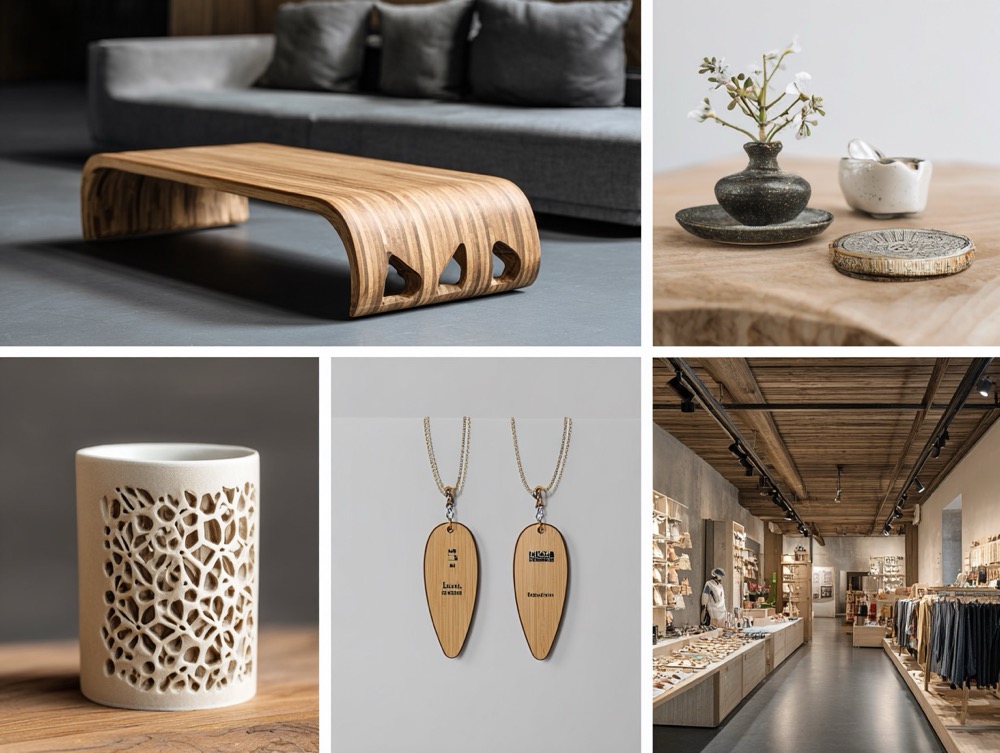
In modern times, wood carving and bamboo carving have not faded with the changes of the times but have gained new vitality through inheritance and innovation. On one hand, traditional crafts are systematically protected: Dongyang Wood Carving, Boxwood Carving, Jiading Bamboo Carving, etc., have been successively included in the National Intangible Cultural Heritage List. Inheritance bases have been established in various regions, and veteran craftsmen pass down carving techniques to the younger generation through the “master-apprentice” model. On the other hand, craft innovations continue to emerge: craftsmen integrate wood carving and bamboo carving with modern design, such as minimalist-style wood carved home decorations and bamboo carved cultural and creative products (bamboo carved bookmarks, wood carved ornaments), which retain traditional charm while meeting contemporary aesthetics. At the same time, cross-border integration has become a trend—wood carving and bamboo carving are integrated into interior design and jewelry design, such as tea rooms decorated with wood carvings and jewelry with bamboo carving elements, bringing traditional crafts into modern life. In addition, wood carving and bamboo carving have repeatedly appeared in international art exhibitions and cultural festivals—from wood carving exhibits at the Shanghai World Expo to bamboo carving works at the Paris Art Fair, they have allowed the world to experience the charm of Oriental carving art, making them cross-border cultural symbols.

From the wooden ritual vessels of the Shang and Zhou dynasties to the bamboo carved elegant playthings of the Ming and Qing dynasties, and to the modern carving art of today, wood carving and bamboo carving have always used knives as brushes and wood/bamboo as paper to interpret the Chinese people’s pursuit of nature and beauty. They are not only exquisite works of art but also vivid historical memories and an enduring cultural heritage. In the new era, with their millennia-old Oriental aesthetics, wood carving and bamboo carving transcend time, space, and national borders, telling the immortal legend of Chinese carving art to the world.
